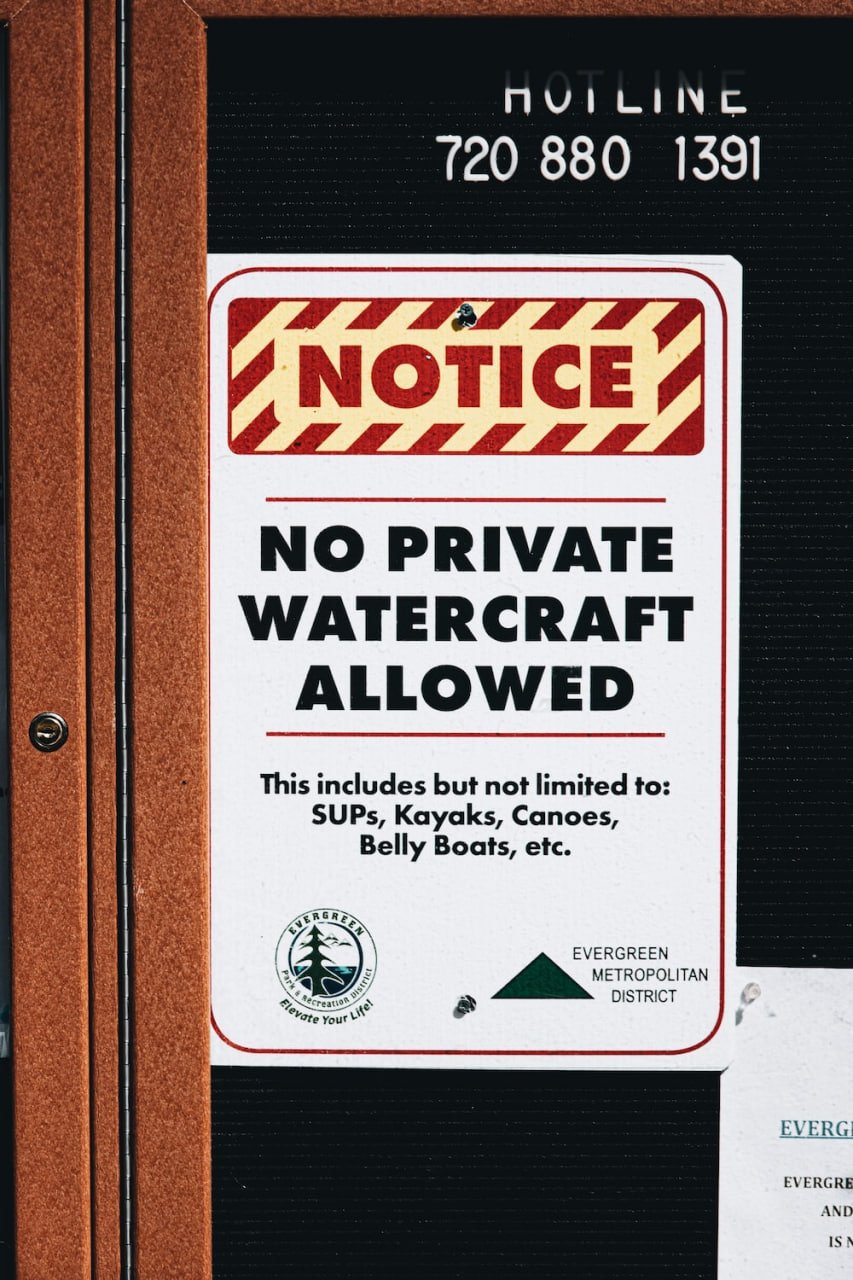PWC and Jet Ski Maintenance Guide 2023
Maintaining your personal watercraft (PWC) is crucial to ensure its optimal performance and longevity. Whether you own a BRP Sea-Doo, Yamaha WaveRunner, or Kawasaki Jet Ski, regular maintenance is essential to keep your PWC running reliably season after season. In this comprehensive guide, we’ll explore the key maintenance tasks and tips to help you keep your PWC in top shape.
Table of Contents
- Read Your Owner’s Manual
- Pay Special Attention During the “Break-In Period”
- Personal Watercraft Pre-Ride Checklist
- Personal Watercraft Post-Ride Checklist
- Annual Maintenance
- Off-Season Personal Watercraft Storage
- Change the Oil
- Fully Inspect the PWC
- Check Your Batteries
- Additional Tips and Recommendations
1. Read Your Owner’s Manual
One of the first and most important steps in maintaining your PWC is to thoroughly read the owner’s manual provided by the manufacturer. The owner’s manual contains valuable information specific to your PWC model, including:
- A maintenance schedule
- Off-season storage instructions
- Engine flushing guidelines
- Specifications for basic maintenance tasks
If you don’t have a physical copy of the manual, you can usually download it for free from the manufacturer’s website or request one from a dealer. Familiarize yourself with the manual’s contents to ensure you’re aware of the necessary maintenance tasks and procedures.
2. Pay Special Attention During the “Break-In Period”
If you’re the proud owner of a brand-new PWC, it’s crucial to follow the manufacturer’s instructions for the break-in period. During this initial phase of operation, the moving parts of the engine need time to bed together properly. The break-in period is critical for the engine’s long-term performance and longevity.
The owner’s manual will provide specific guidelines for the break-in period, such as recommended maximum engine speeds and throttle restrictions. Following these instructions will help ensure the engine’s components properly mesh together. Additionally, some manufacturers recommend changing the engine oil once the break-in period is complete to remove any contaminants that may have accumulated.
3. Personal Watercraft Pre-Ride Checklist
Before taking your PWC out on the water, it’s essential to perform a pre-ride checklist to ensure everything is in proper working order. Here are some key items to check:
- Engine oil level: Check the engine oil level according to the manufacturer’s specifications.
- Coolant level (for Sea-Doo models with closed cooling systems): Verify the coolant level in the coolant expansion tank to prevent overheating.
- Bilge inspection: Check for any water in the bilge area, which could indicate a cooling hose or hull fitting leak.
- Gas fumes: Sniff for any strong fuel smells, as this could be a sign of a fuel system leak.
- Battery: Inspect the battery to ensure tight cable connections and secure mounting.
- Fuel selection: Avoid using fuel containing ethanol, as it can attract water and potentially damage the engine. If using fuel with ethanol, ensure it contains no more than 10 percent ethanol (E10).
4. Personal Watercraft Post-Ride Checklist
After each ride, it’s important to perform a post-ride checklist to maintain your PWC’s condition and prevent potential issues. Here are some tasks to include in your post-ride routine:
- Saltwater maintenance: If you operate your PWC in saltwater, it’s crucial to flush the engine and exhaust system according to the manufacturer’s instructions. Additionally, rinse any salt mist from the engine compartment to prevent corrosion.
- Freshwater maintenance: If you ride in freshwater and encounter a silty or sandy bottom or beach your PWC, flush the engine to remove debris from the cooling system.







Leave a reply